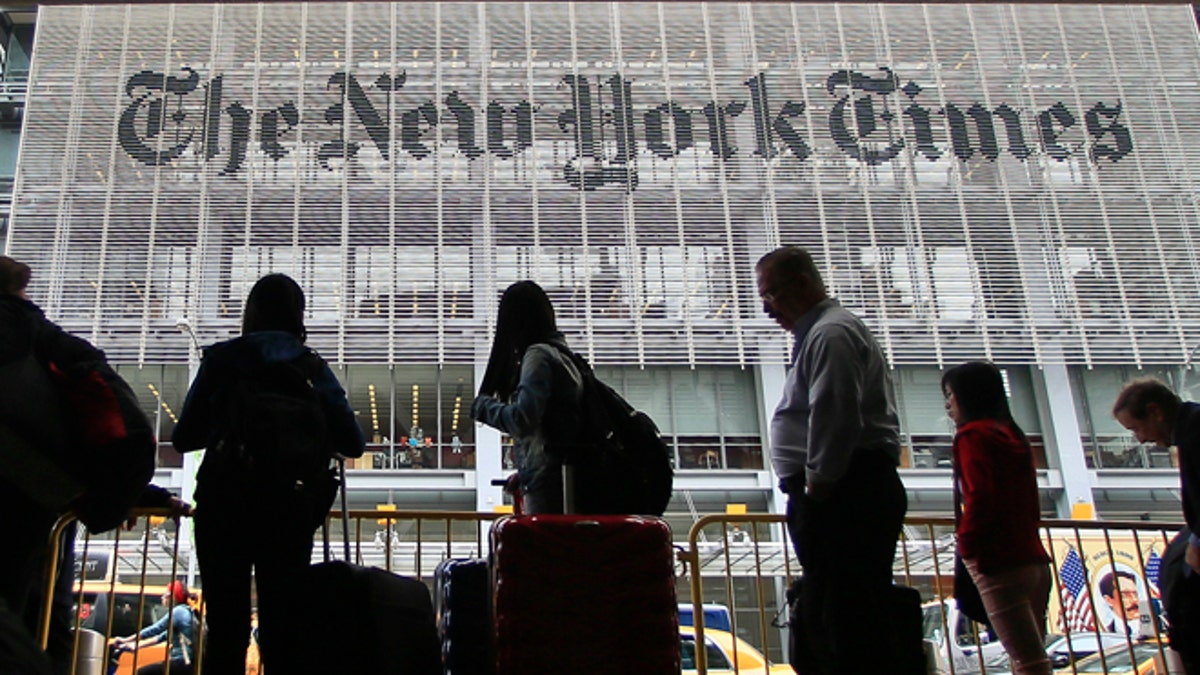
Things would get interesting at The New York Times if a reporter figures out who wrote an anonymous Op-Ed for the paper.
As the left has searched for answers in the month since Donald Trump’s election, we’ve heard a lot of talk about “fake news.” A New York Times news story sums the matter up this way:
"The proliferation of fake and hyperpartisan news that has flooded into Americans’ laptops and living rooms has prompted a national soul-searching, with liberals across the country asking how a nation of millions could be marching to such a suspect drumbeat. But while some Americans may take the stories literally—like the North Carolina man who fired his gun in a Washington pizzeria on Sunday trying to investigate a false story spread online of a child-abuse ring led by Hillary Clinton—many do not.
The larger problem, experts say, is less extreme but more insidious. Fake news, and the proliferation of raw opinion that passes for news, is creating confusion, punching holes in what is true, causing a kind of fun-house effect that leaves the reader doubting everything, including real news. . . .
“There are an alarming number of people who tend to be credulous and form beliefs based on the latest thing they’ve read, but that’s not the wider problem,” said Michael Lynch, a professor of philosophy at the University of Connecticut. “The wider problem is fake news has the effect of getting people not to believe real things.”
He described the thinking like this: “There’s no way for me to know what is objectively true, so we’ll stick to our guns and our own evidence. We’ll ignore the facts because nobody knows what’s really true anyway.”
“Fake news” is a problem on the right—but not only on the right. “Real” journalists, most of whom lean left, ought to look in the mirror. Or perhaps they are looking into their own distorted mirror and don’t recognize what they see.
To continue reading James Taranto's column in the Wall Street Journal, click here.




















